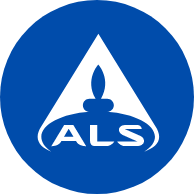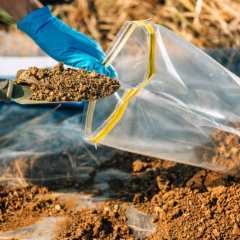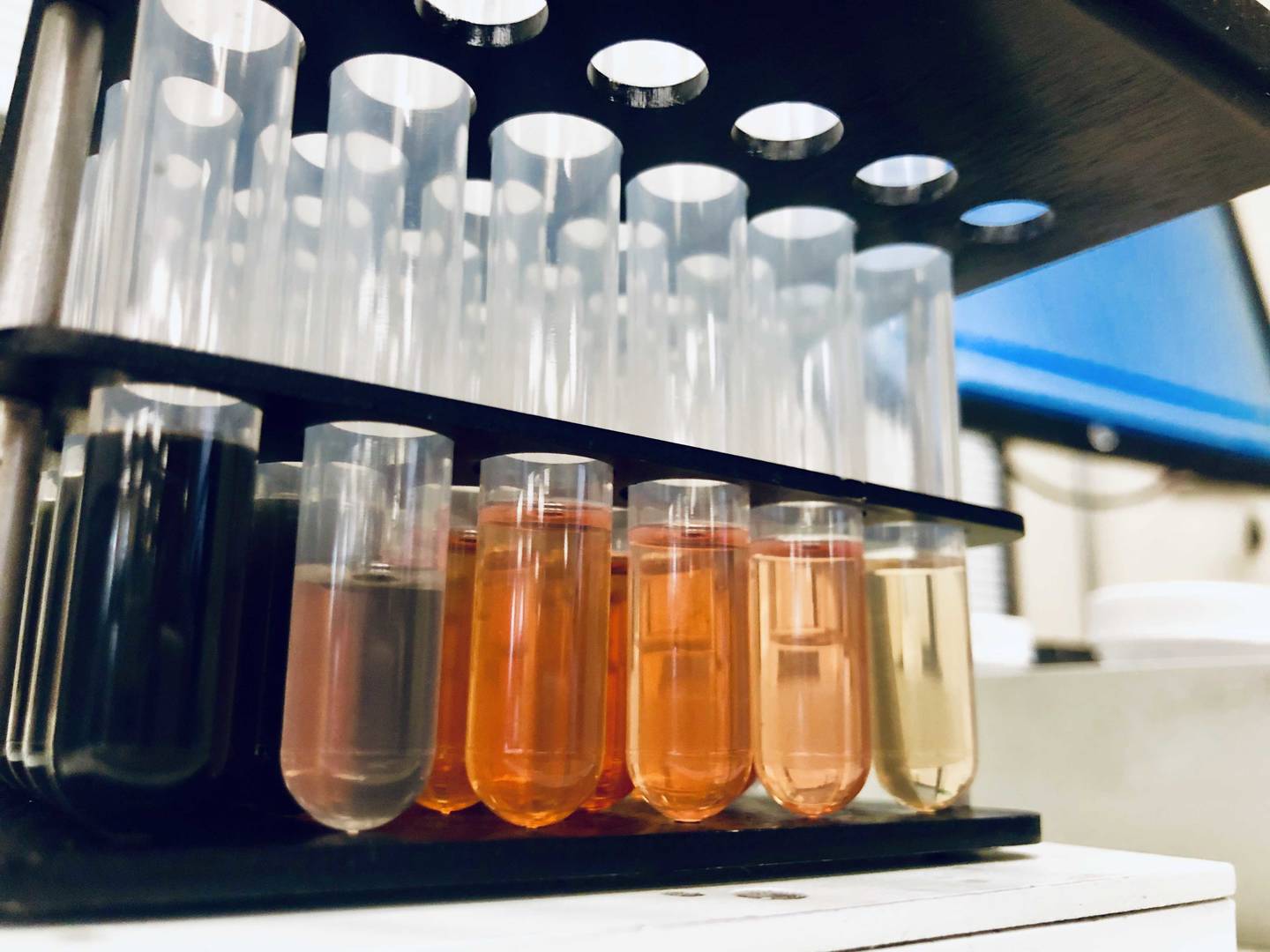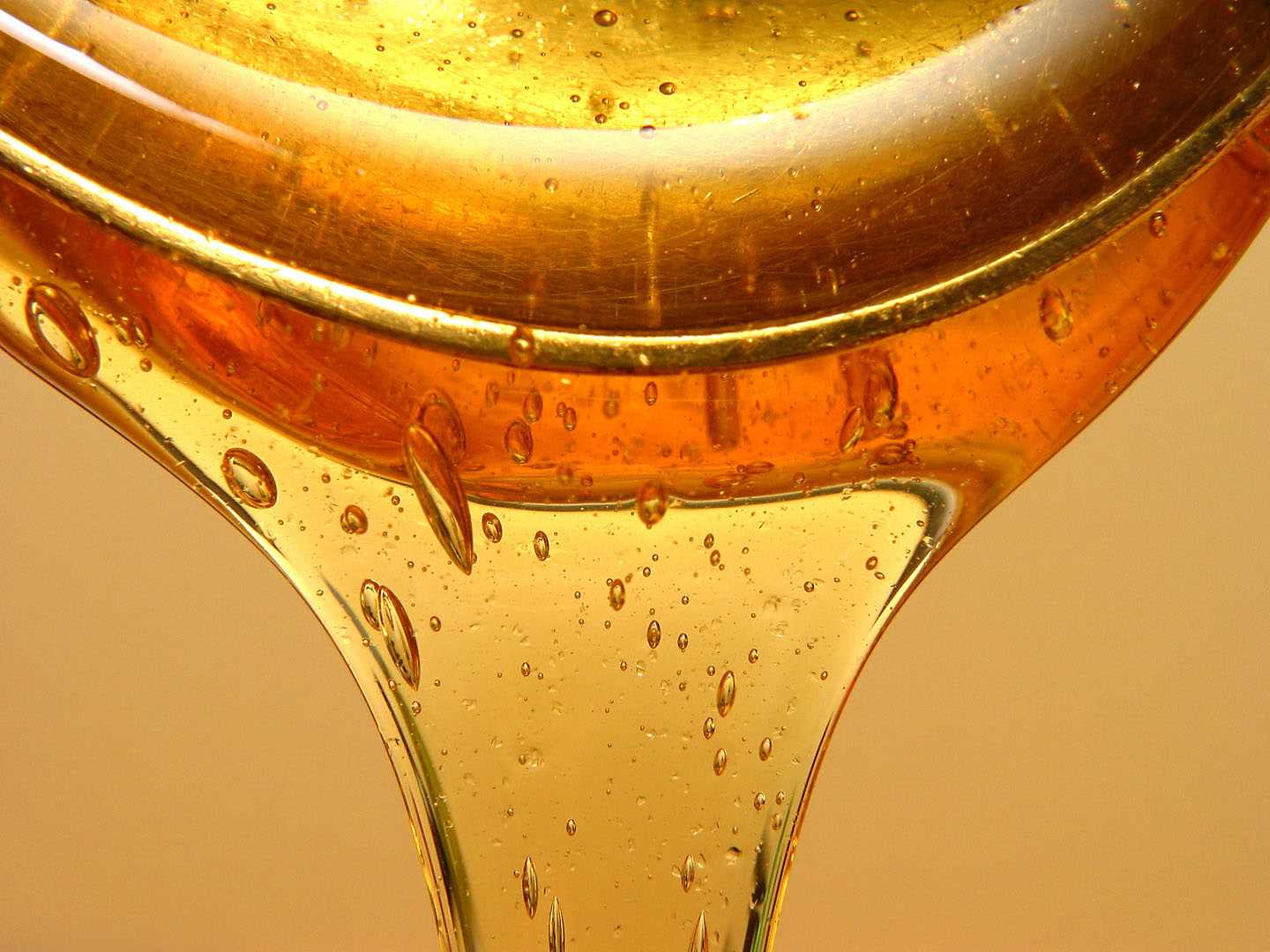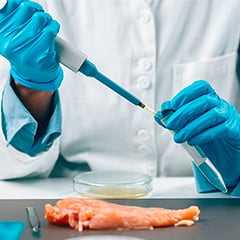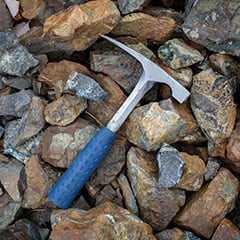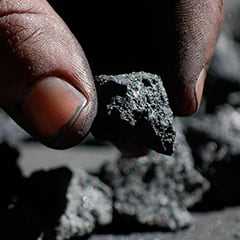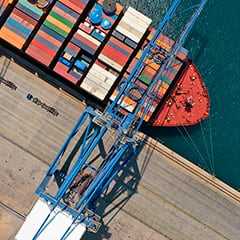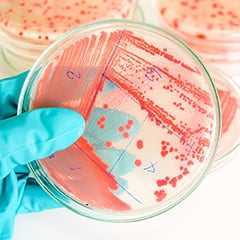EnviroMail 17 Update Canada
The Importance of Selenium Speciation in Understanding Environmental Risk
ALS has expanded our selenium speciation analysis capabilities for better support of environmental monitoring, regulatory compliance, and risk assessments. In addition to established analytes like selenite (SeIV), selenate (SeVI), selenocyanate (SeCN), and selenomethionine (SeMet), our extended speciation methods for environmental waters now include dimethyl selenoxide (DMSeO), methaneselenonic acid (MeSeVI), methylselenic acid (MeSeIV), and selenosulfate (SeSO3). Our Vancouver laboratory now holds ISO 17025 accreditation for one of the world’s most comprehensive lists of selenium species.
We have also introduced ultra-trace selenium speciation test options with Limits of Reporting (LORs) at 20 parts-per-trillion per species using advanced LC-ICPMS techniques (Liquid Chromatography with Inductively Coupled Plasma Mass Spectrometry), enabling more consistent and accurate detection in trace-level samples, with better ability to monitor organoselenium compounds with high bioaccumulation potential.
.jpg?h=2048&iar=0&w=3072&hash=6F361F4BC676ED81388DC6B443ED5DE1)
Selenium – Essential Human Nutrient
Selenium (Se) is an essential micronutrient required by most organisms, including humans. It is naturally present at trace levels in soil, rock, and water, cycling through ecosystems at very low concentrations. Under background conditions, selenium supports healthy ecosystems without posing risk of toxicity. However, selenium’s essential nutritional range is narrow. Even modest increases—particularly from industrial or mining activities—can lead to ecological harm. Understanding its dual role as both a nutrient and a potential contaminant is critical to managing selenium in aquatic environments.

Figure 1. Coal mining can generate waste containing selenium
Species-Specific Environmental Effects of Selenium
Environmental contamination of selenium is a growing global concern because selenium can be highly toxic to fish, birds, and other aquatic organisms. This poses a challenge to regulators as water column concentrations often do not reflect potential impacts due to bioaccumulation. While total or dissolved selenium levels in water may appear low, they can be transformed into organic forms that magnify through food webs, which may ultimately cause deformities, reduced survival, and reproductive failure.
Limiting anthropogenic environmental selenium contamination has recently become a major focus for the mining and power sectors, particularly for coal fired power plants, coal mines, phosphate mines, base metal mines, and the oil & gas industry. More stringent environmental regulations for selenium are coming into force in Canada and the USA.
Selenate (SeVI) is the predominant form found in waste rock from mining; it is highly soluble, mobile, and resistant to conventional treatment. Although not acutely toxic, selenate is rapidly taken up by aquatic organisms and converted into various organic selenium forms, which biomagnify through food chains.
Industries generating high-selenium waste streams typically rely on natural attenuation, active treatment, or a combination of both to minimize environmental impacts. Speciated selenium analysis is crucial in assessing treatment efficacy and monitoring for the formation of more toxic or bioavailable organic selenium species. Moreover, speciation helps differentiate naturally occurring groundwater-sourced selenium from selenium which has been biologically mediated through treatment systems or by naturally active ecosystems such as wetlands. The detection of organic forms of selenium in water samples is a strong indicator that biological reduction is occurring rather than exclusive geological leaching.

Selenium Species Measurement
Quantitative measurement of most discrete selenium species is achieved using Liquid Chromatography coupled with collision cell ICPMS, which provides ultra-trace detection limits with virtually no interferences. LC-ICPMS provides highly accurate and precise measurements of the major environmentally prevalent species of selenium, as shown in Table 1. LC-ICPMS can also quantify unknown selenium compounds, including degradation byproducts and metabolites. The standard convention for selenium speciation testing is to report all species concentrations in units of selenium concentration (i.e., “as Se”), rather than as actual species concentrations, but either approach may be used.
Volatile Se Challenges to Routine Metals Analysis
Some complex sample matrices (especially those produced by anaerobic bioreactors) may contain volatile reduced organoselenium species that can complicate routine testing for total and dissolved selenium by ICPMS, potentially causing bias such that dissolved Se test results exceed total Se results. ALS has developed techniques to mitigate this bias to facilitate generation of accurate test results for total and dissolved selenium in samples where volatile selenium species may be impacting laboratory data quality. In addition, ALS can directly analyze and quantify the two most common volatile selenium species, dimethyl selenide (DMSe) and dimethyl diselenide (DMDSe), to conclusively characterize and explain this phenomenon. For more details on volatile selenium analysis, please refer to Enviromail 51, Cause & Prevention of Bias on Dissolved Selenium due to Volatile Selenium Species.
Selenium Speciation Sampling & Analysis Details
Refer to Table 1 for sample collection and preservation requirements, and for the specific selenium speciation tests currently offered by our Vancouver laboratory (excluding volatile species). Water samples require field filtration (ideally to 0.2 μm or less) to achieve preservation from bacteria-induced species conversions. ALS can supply suitable syringe filtration media. Acid preservation must not be used for LC-ICPMS selenium species testing because species conversions could result.
Our Vancouver laboratory currently holds ISO 17025 accreditation all discrete species shown in Table 1; Please consult our CALA scope of accreditation for current status.
Table 1: Selenium Species LORs and Sampling Details

For more information about selenium speciation options, or to request sampling supplies, please contact your ALS Project Manager.
